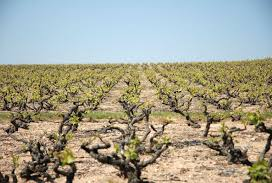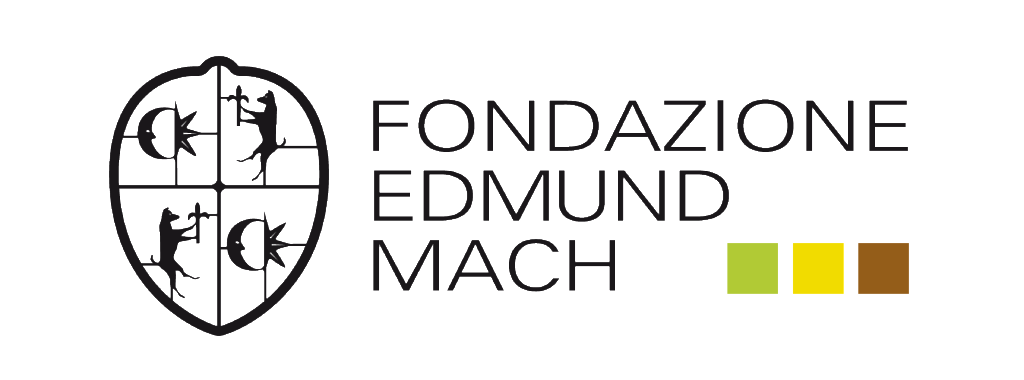Vineyard resistance to drought: goblet pruning/bush vines.

MOMENT OF INNOVATION..
Stakes.
INNOVATION STATUS.
From the perspective of adapting vineyards to climate change, the way in which the vine is managed and pruning is a key point, in particular by adopting practices adopted in warmer regions. The goblet pruning was thus traditionally widespread in the Mediterranean basin to allow the vines to cope with dry periods.
Goblet pruning is a short pruning, inherited from the Romans, widely used in Languedoc until the 1970s, then gradually abandoned because it is not compatible with the mechanization of the harvest. The goblet size gives the stump an "inverted cone" appearance, with many variations (number of arms, opening angle, branching) (1).
The goblet arrangement has several positive effects on the physiology of the vine and the characteristics of the grape:
- More direct circulation of the sap from the old wood to the branches. In the event of strong heat, the sap reaches the end of the wood better than a vine which is on a wire (2). The cup helps maintain quality grape production under excessive water stress (3).
- No contact between the bays and better air circulation (4).
- Low leaf area, therefore reduced evapotranspiration and reduced water requirements.
- Shading of berries by the cup structure providing protection against burns.
- No trellis wires, therefore easier mechanical maintenance of the soil (or even passage of animals?)
- Good overall resistance to wind and drought.
But the cup also brings new constraints:
- Limitation of yield;
- Difficult mechanization, therefore requires manual work to maintain each vine on the one hand, and to harvest on the other;
- Potentially early ripening due to the proximity between the bunches and the warmer soil (not necessarily a disadvantage, depending on the context);
- Loss of effectiveness of treatments due to difficulty in getting inside the arms (5).
Overall, the Mediterranean goblet pruning is a drought-resistant and berry-protected driving system, but which suffers from the lack of a mechanized harvesting solution to date. Economically, depending on the wines and the terroirs, the loss in yield can be significant: the cost of production can increase due to an increased need for labor and the drop in production. The mechanization of pruning and harvesting (not yet fully developed) could, in the medium term, make it possible to extend the areas used in goblets, in particular as a model for extensive viticulture (3).
Author: Marc Nougier (Sup Agro)
References:
(1) https://dico-du-vin.com/gobelet-taille-en/
(2) https://www.rue89lyon.fr/2018/10/28/face-au-dereglement-climatique-options-ethiques-vignerons-sud-france/
(3) http://www.vignevin-occitanie.com/wp-content/uploads/2018/08/ppt-van-leeuwen.pdf
(4) https://www.domainegassier.com/fr/2014/01/20/un-gobelet-pour-la-taille/
(5) https://blog.midi-vin.com/techniques-viticoles/taille-de-la-vigne-pour-repartir-du-bon-pied-001731




